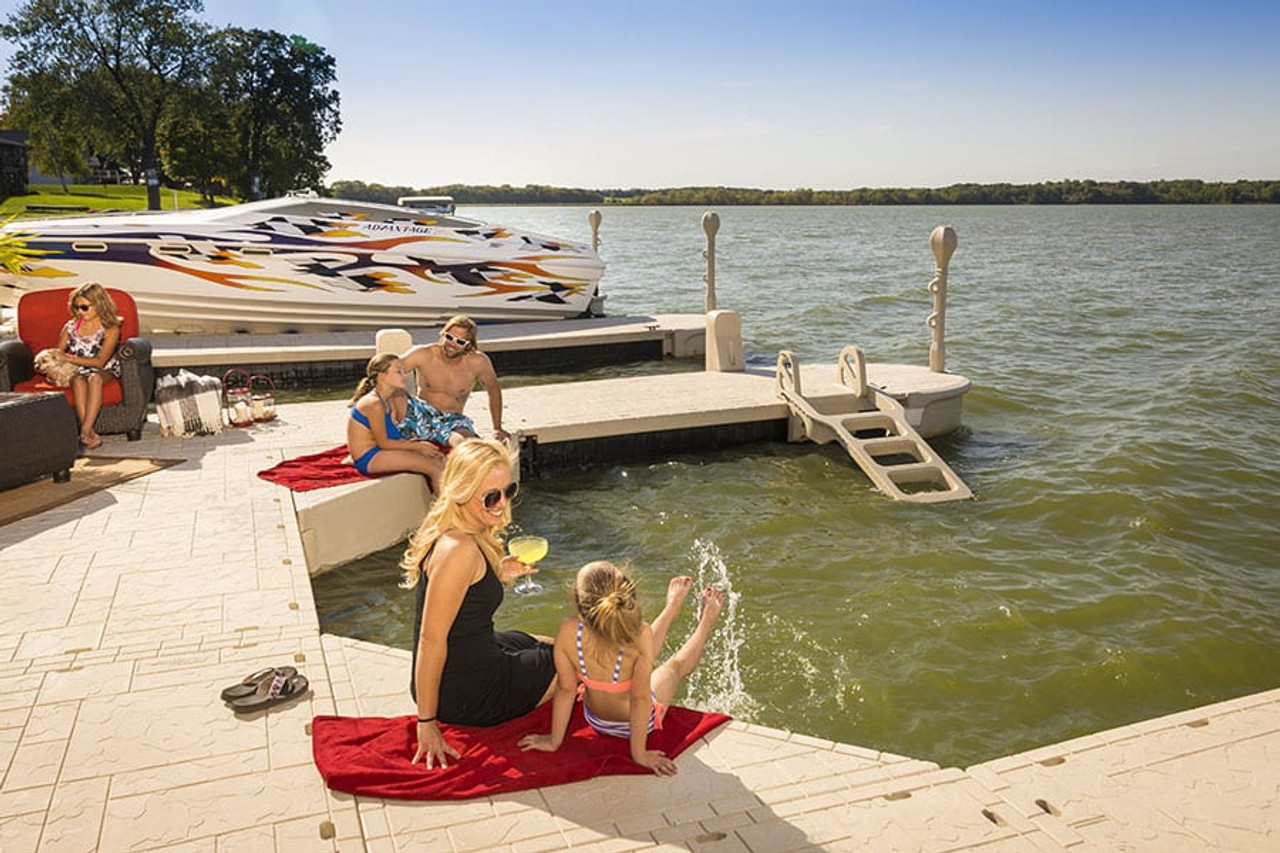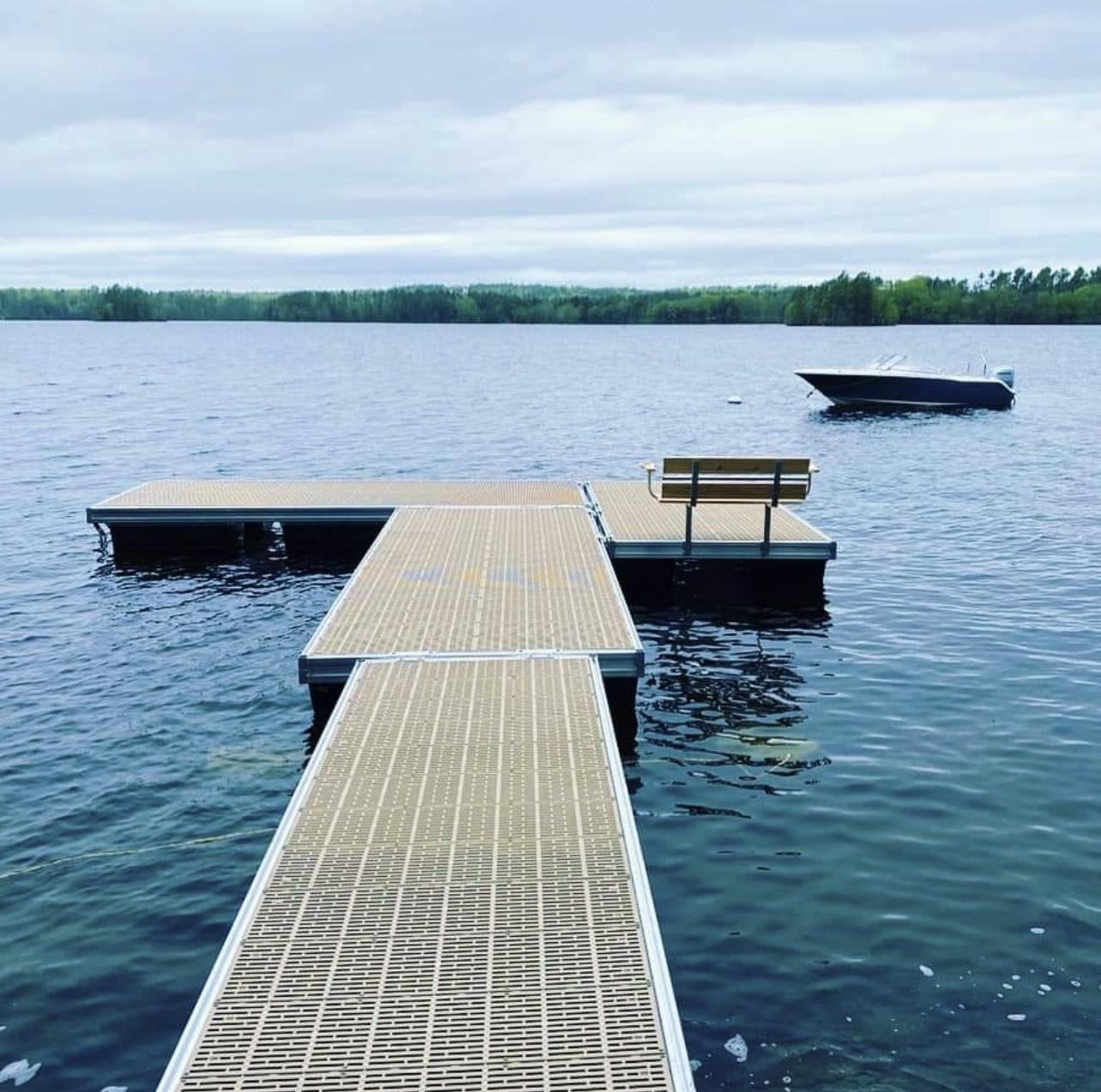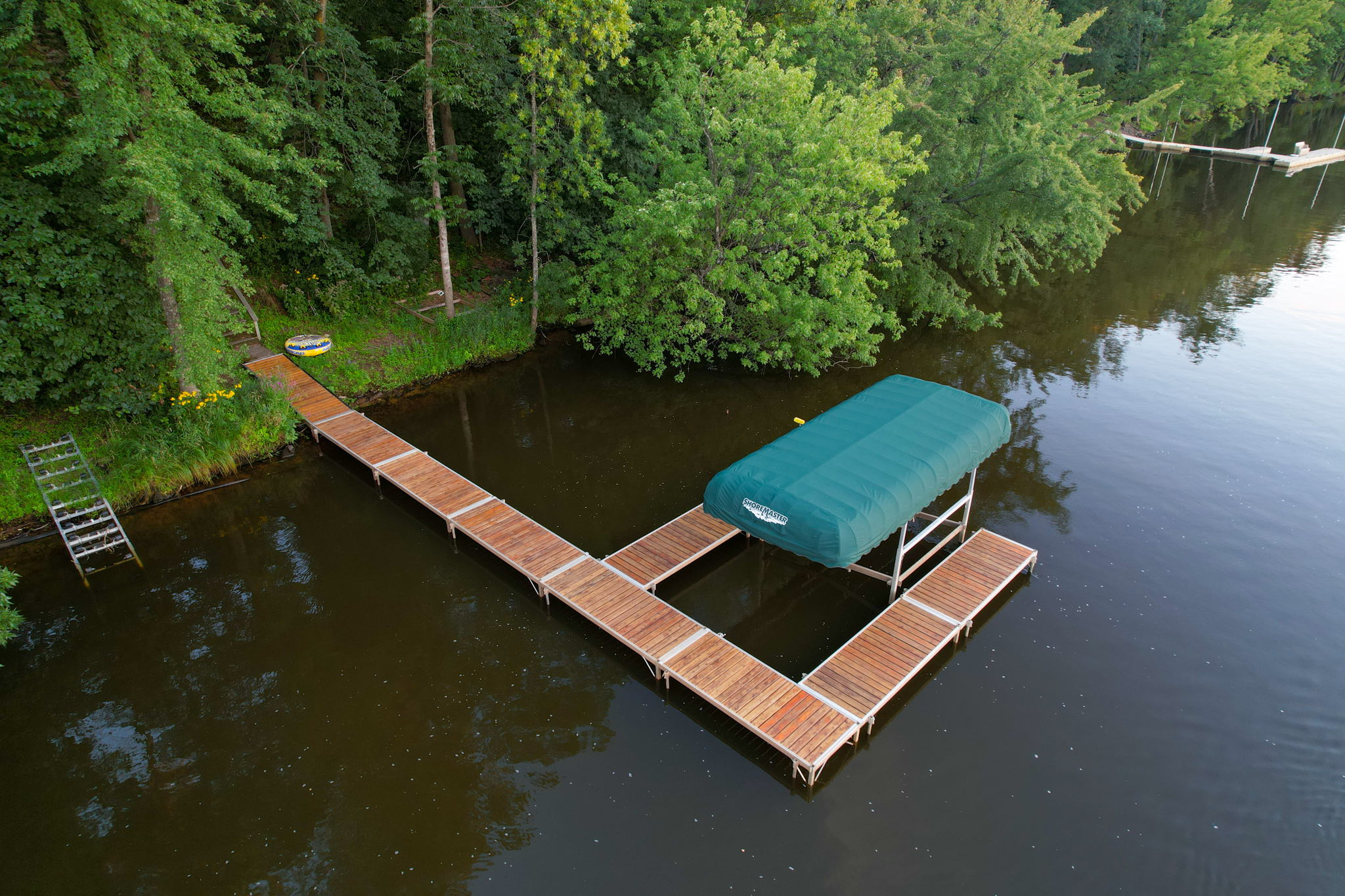Your Guide to Discovering the most effective Dock Company for Top Quality and Reliability
Your Guide to Discovering the most effective Dock Company for Top Quality and Reliability
Blog Article
Upgrade Your Beachfront With Durable Floating Docks
Upgrading your waterfront with durable floating docks can considerably boost both functionality and visual appeals, providing a functional service for various water activities. These frameworks are designed to adjust to rising and falling water levels, guaranteeing safety and accessibility throughout the seasons. With a series of products offered, including low-maintenance choices and standard timber, choosing the appropriate dock can match your individual style and satisfy sensible needs. Comprehending the nuances of setup and upkeep is important for making certain durability and efficiency. When making this investment?, what elements should you take into consideration.
Advantages of Floating Docks
Floating docks offer a plethora of benefits that enhance their allure for numerous maritime applications. Unlike traditional set docks, floating docks surge and autumn with the tide, making certain constant accessibility for watercrafts and watercraft no matter of environmental problems.
Additionally, floating docks are easier to mount and move, providing versatility for short-lived or seasonal usage. Their modular layout enables modification to fit particular demands, whether for personal marinas, residential watersides, or industrial applications.
In addition, floating docks develop minimal disturbance to the water setting, preserving regional ecosystems and reducing the possibility of disintegration. They additionally offer improved safety and security and stability for users, as their buoyant nature uses an extra forgiving surface area than rigid structures.
Moreover, floating docks can promote a varied variety of activities, such as fishing, swimming, and leisure boating, making them a valuable property for beachfront development. Their flexibility and functionality make floating docks a favored option for a range of marine projects.
Choosing the Right Products
Selecting appropriate materials for floating docks is essential to their long life, performance, and total effectiveness. When picking products, take into consideration elements such as environmental exposure, upkeep requirements, and architectural stability. Common products consist of wood, plastic, aluminum, and composite choices, each offering distinct advantages and negative aspects.
Wood, while visually pleasing, calls for regular upkeep to stop rot and degeneration. Pressure-treated wood can improve sturdiness, but it may still surrender to water damages gradually. Plastic drifts, often made from high-density polyethylene, are resistant to rust and require marginal maintenance, making them an appealing choice for low-maintenance applications.
Aluminum is an additional practical choice, known for its toughness and light-weight residential or commercial properties. It is resistant to rust and can endure extreme climate condition, although it might be extra costly than other materials. Compound products incorporate the very best features of wood and plastic, offering a low-maintenance and durable choice that simulates the appearance of timber without the associated downsides.
Eventually, the selection of material need to line up with the planned use, ecological considerations, and budget plan restrictions, guaranteeing a useful and resilient floating dock that meets your particular check this demands.
Installation Process Overview
The successful setup of a drifting dock relies upon cautious preparation and execution, making sure that it runs efficiently in its desired environment. The initial step includes analyzing site conditions, consisting of water deepness, shoreline features, and prevailing climate patterns, which will inform the dock layout and anchoring system.
Complying with the website assessment, the next phase is to prepare the floating dock elements. This consists of assembling the frame, protecting drifts, and affixing any type of needed equipment. It is crucial to guarantee that all connections are waterproof and robust to withstand marine problems.
As soon as the dock is put together, the installation procedure starts with placing the dock in the water. This can involve a crane or other training devices, especially for bigger frameworks. Appropriate positioning is vital for capability and safety and security.

Upkeep Tips for Long Life
Normal maintenance is important for making certain the durability and optimal efficiency of a drifting dock. To achieve this, start with routine examinations at the very least two times a year, focusing on the integrity of the dock's framework, including the flotation tools and connecting equipment. Look for indications of deterioration, damage, or wear, and attend to any problems without delay to avoid additional deterioration.
Cleaning up is one more important facet of maintenance. Eliminate particles, algae, and barnacles from the dock's surface area to avoid slippery problems and keep aesthetic appeal. Utilize a soft brush and a moderate detergent to stay clear of harming the dock's products.
Additionally, guarantee that my latest blog post the dock is effectively secured and secured to endure seasonal modifications in water degrees and climate condition. Check the anchoring system for stability and make modifications as needed.
Enhancing Your Exterior Visual
To develop an aesthetically enticing exterior room, incorporating a floating dock can considerably improve the overall aesthetic of your waterfront building. Floating docks are not just useful yet can additionally offer as a striking focal factor that matches the natural environments - floating docks. Available in various products and layouts, these docks can be personalized to match your home's architectural style and landscape
The addition of attractive aspects, such as integrated illumination or fashionable barriers, even more elevates the dock's aesthetic allure. Think about utilizing natural timber surfaces, which blend flawlessly with the setting, or selecting modern-day products like aluminum or composite decking that offer a sleek, modern look.
Purposefully positioning planters or seating areas on or around the dock can create welcoming areas that motivate relaxation and satisfaction of beachfront sights. Furthermore, including article source colors and appearances that integrate with your landscape will develop a natural aesthetic throughout your exterior area.

Conclusion

Upgrading your beachfront with resilient floating docks can considerably improve both capability and looks, providing a flexible option for various water activities. Unlike standard fixed docks, floating docks rise and autumn with the trend, ensuring constant availability for watercrafts and watercraft regardless of environmental problems.Picking appropriate materials for floating docks is important to their long life, performance, and general efficiency.As soon as the dock is constructed, the installation process begins with positioning the dock in the water.In recap, floating docks deal countless benefits, consisting of adaptability to water level changes and a selection of material options.
Report this page